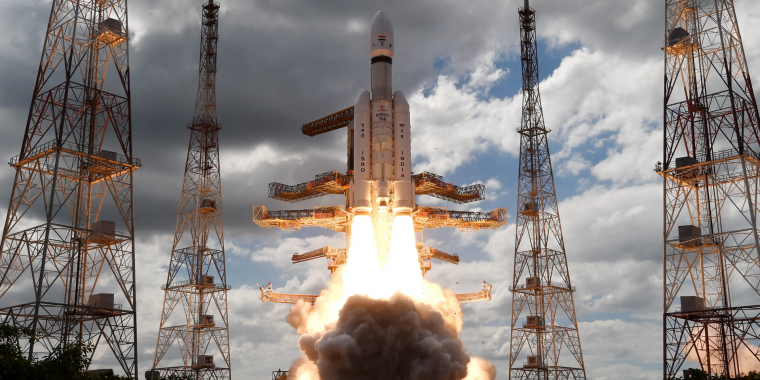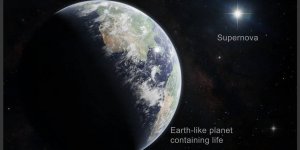| News / Space News |
India: second moon landing attempt launched
An Indian rocket has been launched into space to land a robotic rover on an unexplored part of the Moon.

Chandrayaan-3 - Launch vehicle lifting off. Photo: Indian Space Research Organisation
Friday's launch marked India's first major space mission since the failed attempt in 2019, when the landing module lost contact just before its planned descent to the lunar surface.
The true test of the mission will come in about 40 days, when the landing module, carrying a robotic rover, separates from the main spacecraft and touches down on the lunar surface, likely on August 23 or 24.
Chandrayaan-3 aims to deploy a rover near the South Pole of the Moon, in order to carry out a series of experiments over a period of 14 days, aimed at studying the composition of the lunar soil and rocks.
India wants to explore the South Pole, an unexplored region that has distinct geological features compared to the equatorial regions of the Moon.
Scientists anticipate the presence of ice and mineral deposits in craters in this region.
India's space program, built largely on its own technology, has long been a source of pride for the country.
Its previous missions contributed to the understanding of the presence of water on the Moon and marked India's first interplanetary mission to Mars in 2013.
The Indian space agency is currently developing a spacecraft for manned missions, planned around 2025.
Currently, only the United States, China, and Russia have made soft landings on the lunar surface.
If the Indian Space Research Organization succeeds this time around, some observers believe it will establish India's position among the world's leading space powers.
YOU MAY ALSO LIKE





